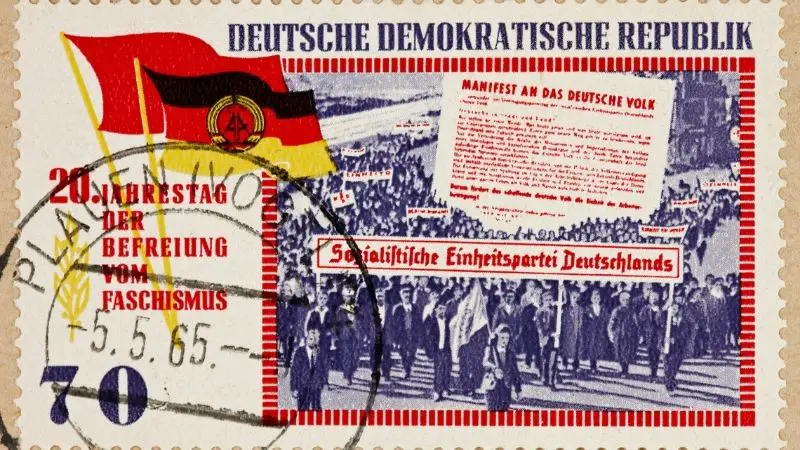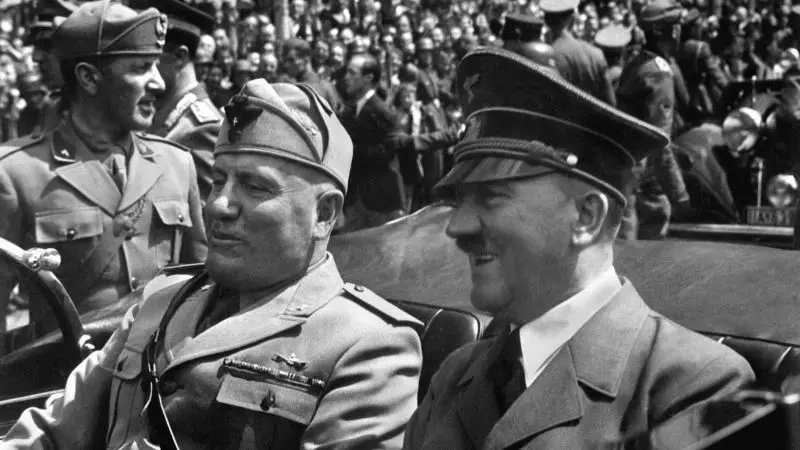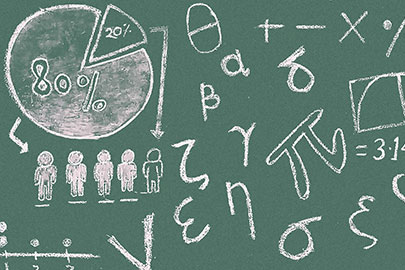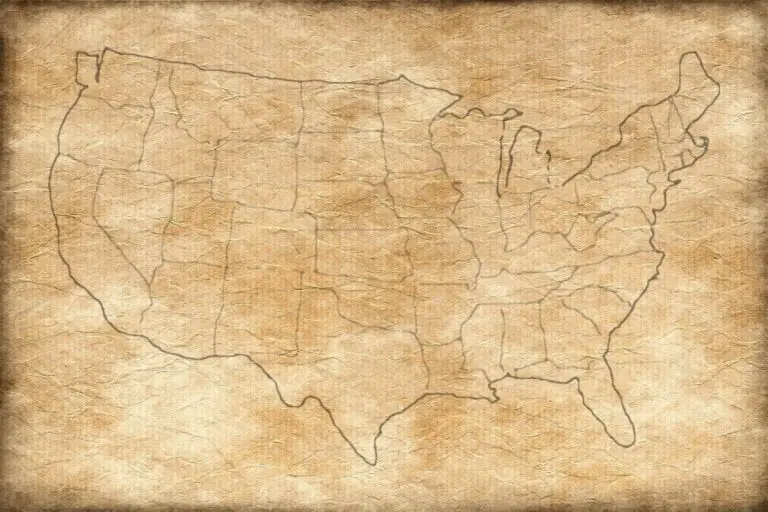What’s the Differences between Fascism and Dictatorship?
The borders are often thin between the different political forms and ideology. As it’s already difficult to tell the real differences for common ones, it’s even harder for movements that almost don’t exist anymore. In this article, we’ll take a look specifically at fascism and dictatorship.
The main difference between fascism and dictatorship is that fascism is a political ideology, while dictatorship is a government form. It doesn’t relate to the same elements. Dictators can be fascists, but not all fascists are dictators.
Let’s see in more details how dictatorship and fascism differ in the following of this article.
Fascism vs. Dictatorship
Let’s start with a table to give you a better overview of this topic before going further.
As previously mentioned, dictators can be fascists, but not all fascists are dictators. There are distinct differences between these two things. This is a chart that we have created for you to summarize and simplify the difference between these two concepts:
| Fascism | Dictatorship | |
| Definition | Far-right political movement. | Government ruled by one person or a military group. |
| Power | State holds the power. | An individual or ruling party holds all of the power. |
| Primary Objective | State is the primary objective. | Ruler is the primary objective. |
| Governance | Nothing is more important than the state. | The dictator is the most powerful person or party. |
| Decisions | Decisions about the country are made by the ruling government. | The dictator makes all decisions and rulings. |
| Rights | The people have no individual rights. | The people have no individual rights. |
| Ownership | Owned by the state. | Owned by the dictator. |
| Origins | Dates back to between 1917-1949 to the days of Mussolini. | Dates back to World War II during the rule of Hitler. |
What is Fascism?
Fascism is typically defined as a political movement that fully embraces the principles of far-right nationalism and forcefully suppressing any opposition. This type of political movement is overseen by some type of authoritarian government.
This political movement is really around a century old, with its origins dating back to Benito Mussolini.
Both Mussolini and Italian allies associated with him started this movement and named it after the fasces, which is an ancient Roman emblem. This emblem has an ax that has a handle which is reinforced by many additional rods. The fasces symbolize the idea that there should be a power of unity around their one leader.

Many people confuse fascism with being a dictatorship, but that isn’t always necessarily the case. It can be a very distinct political ideal than simple authoritarianism.
Generally speaking, fascism is more focused on race. They view things with a focus on race, focused on a goal of not only racial supremacy, but also the concept of racial hygiene. This means that there’s an emphasis on maintaining the purity of their race and separating out those races that they view as inferior.
We’ve all heard that there are many politicians today that are considered to be fascist. But, these terms may not mean what you think it does.
The Main Principles of Fascism
Fascism is supposed to be the opposite ideals of socialism and other ideologies associated with the left. There are a few different principles that are covered under the umbrella of fascism.
Knowing these principles is important to learning how this political movement differs from a dictatorship. To understand the principles, it helps to understand its relationships with other economic and political ideologies.
One area is understanding how fascism relates to capitalism. Depending on the time period or country, there have been different aspects of this movement that have been opposed or supported.
For the most part, fascists tend to appreciate the value of capitalism, especially when it benefits them. However, you should know that there are views that are both for and against capitalism within different groups of fascists.
Conservatism is a political movement that shares many of the same ideals as fascism.
Among the principles that conservatism and fascism tend to share include:
- Order
- Discipline
- Hierarchy
- Military virtues
- Preservation of one’s private property
The major difference between conservatism and fascism is that conservatism will often use traditional religion as the basis for their views and fascism does not.
Fascism strongly opposes anything associated with classical liberalism. This is because liberalism stands for everything fascism stands against.
Some of these things include:
- Rationalism
- Utilitarianism
- Individualism
- Materialism
In addition to being opposed to liberalism, fascists are also against social welfare and public works for the most part. In cases where fascists view the social welfare systems as weak, fascists are very much against these programs. However, they do approve of supported state assistance that is regarded as pure and strong.
We’ve just helped you understand the relationship between fascism and certain other political movement, not it’s time to look at the different principles of fascism.
One principle of fascism is the concept of “might makes right”. Fascists tend to promote the idea of how the patriots of their nations have been left behind in favor of “bad people”. They use this idea to inspire a revolution. To help these patriots break free from how democracy is holding them back,
Another principle of fascism is the fact that this movement fights back hard against socialism and democracy. These are things that fascists think hurt their countries, which is why they fight so hard against these principles.
Lastly, fascism is really just the logical extreme of what we know as nationalism. The idea of nationalism, specifically when it comes to the maintenance of their specific races, is the focus of this movement.
What is a Dictatorship?
While fascism is a political ideology or movement, a dictatorship is actually a form of government. Fascism can exist under a dictatorship, but these two things are not mutually exclusive. In this form of government is where a single leader will be in charge of the entire country.
There are 3 different types of dictators in the past: constitutional, fascist, and counterrevolutionary.
These days, there are a variety of different categories that a dictator can be classified as, including religious dictatorships and Third World country dictatorships.
The dictator is all-powerful, governing everything in the country. The dictator will make all the decisions about the country and how to operate it. The residents will have no control over what decisions are made for the country. They just need to blindly follow the dictator.

The origins of a dictatorship can actually date back to Ancient Rome. The early Roman dictators who had specific powers. During times of emergency, these rules would get absolute power. There were also the shoguns of Japan, which was the name for military dictators in the country.
Later, early on in Latin America after the collapse of the Spanish rule, dictators grew to power in these countries. The 19th century was a popular time for dictatorships in this part of the world.
In the modern world. Adolf Hitler was very well-known for coming to power and becoming a dictator. As there was a rise in communism in Europe, there was a rise in dictators in this region.
If there are any profits earned by the economy, the dictator generally lines their pocket with this money. The single person(s) of the dictatorship is an all-powerful being that is the main priority. This is different from fascism, where the state is the most important thing. In either situation, the individual person isn’t a priority in either moment.
The Main Characteristics of a Dictatorship
There are different characteristics when it comes to dictatorships:
- An individual ruler will rise to power, taking advantage of conflict, taking control of the country themselves.
- Dictators will then gain control over the different branches of government. They will also rule any media in the country, giving them full control over the country.
- Uses tactics such as imprisonment, murder, intimidation, and other abuses of human rights to control the masses.
- Creates a cult of personality, giving the dictator an appearance of divinity.
Dictators want ultimate power over their countries. They find a way to take advantage of situations in countries that are struggling. They create or worsen conflict for their benefit, then manage to seize control of the country. While in charge, they do whatever they can to remain in power.






